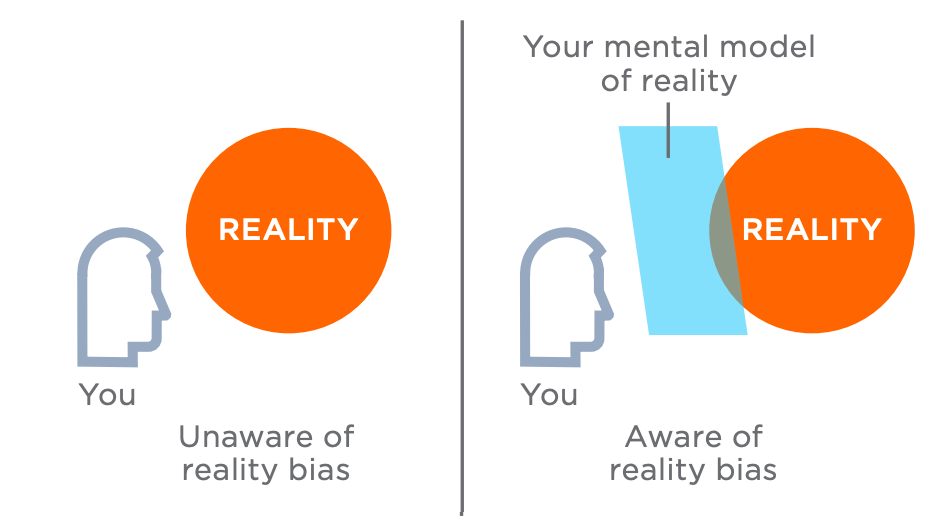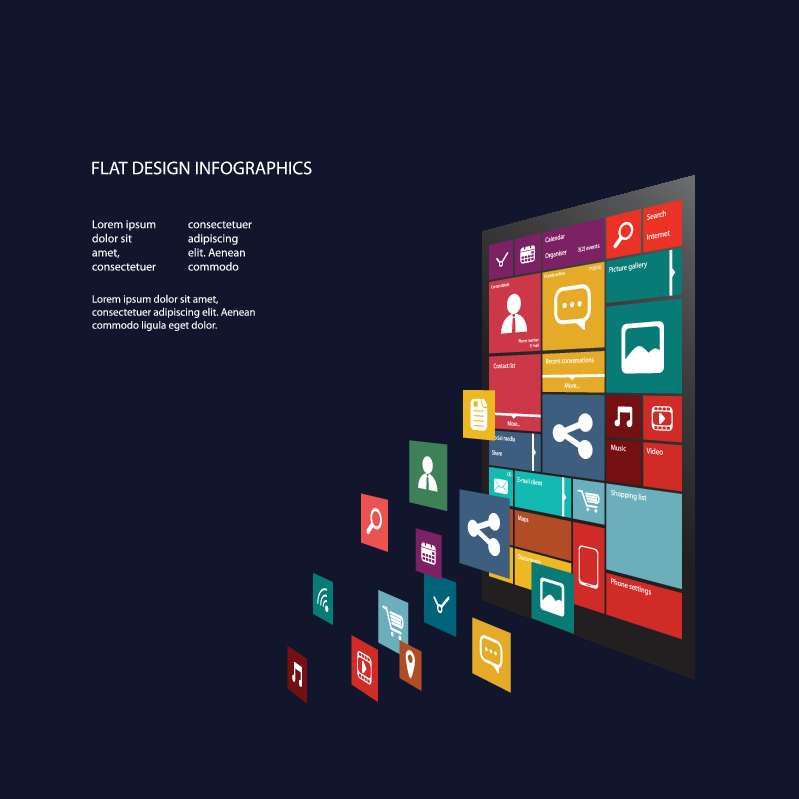
A user flow can be a great way to improve the user experience of your website. A user flow is an illustration that shows customers the steps they take to complete a specific task. This helps you to understand your users and improves your designs.
Before you can design user flows, you need to understand your customers. You need to determine the objectives of your customer, and what they are looking to accomplish. Knowing the answers to these questions will help you create a diagram. You must also identify the problems your customers face with your product. This will help you create the best user flow.

The most important thing to remember when designing a user flow is to keep it simple. It is possible to make the user flow difficult to understand by using too many symbols or too many colors. Remember that the user flow is intended to help the audience understand the process. Make sure your diagram is simple to follow using the tools provided.
Flow charts (also known as wireframes) are a tool that can help you visualize user flows. They usually consist of boxes or arrows. Each arrow represents the next step in completing an act. For example, an arrow might indicate that a user wants to contact you. Another arrow could signify that a user desires more information about the product.
You can analyze the efficiency of an app or web page by using user flows. A flow chart can help you quickly assess if the pages are user-friendly or need to be altered. Once you have established your path, you can start making changes that will optimize the user experience.
It is easy to create a user flow. But it can be complicated if you do not have the right guidance. A user flow can be an effective tool whether you are creating a new product or optimizing one. Design decisions will be easier if you know your user's goals, and can understand their cognitive patterns.

A user flow helps you decide which pages to add or remove. If a user is looking to buy, a flow will help them determine the most effective parts of their site to do so. A user flow can be used to help improve the effectiveness of your interface.
A user flow can make your business more competitive. You can use it to improve the customer experience, boost sales, and improve your website's conversion rates. It can help identify which pages your customers click most frequently, and can also help to make sure you aren't wasting money on unnecessary features.
FAQ
How do you choose a domain name
Choosing a good domain name is essential. If your domain name is not great, people won't be able to find you easily when they search the internet for your product.
Domain names need to be short and simple to remember, relevant for your brand, and unique. In order to make your domain name memorable, people should be able to type it into their browsers.
Here are some tips for choosing a domain name:
* Use keywords related to your niche.
* Do not use hyphens (-), numbers or symbols.
* Don't use.net or.org domains.
* Do not use words you already know.
* Try to avoid generic terms like "domain" or "website."
* Check it's always available.
Do I have to use a template?
Yes! When creating websites, many people use pre-built templates. These templates provide all the code necessary to display information on your site.
Some of the most popular templates include:
WordPress - the most widely used CMS
Joomla - Another popular open source CMS
Drupal - an enterprise-level solution that large organizations use
Expression Engine - A proprietary CMS from Yahoo
Each platform has hundreds of templates, so it should not be hard to find the one that you like.
Is web development hard?
Although web development isn't easy, there are many resources online that will help you get started.
All you have to do is find the right tools and then follow them step-by-step.
YouTube and other platforms offer many tutorials. Online software like Sublime Text and Notepad++ is also available for free.
You can also find many books in libraries and bookstores. The most widely-read books include:
O'Reilly Media's Head First HTML & HTML
O'Reilly Media presents "Head First PHP and MySQL 5th Edition"
Packt Publishing presents "PHP Programming: Absolute Beginners".
I hope this article was helpful.
What should I include in my Portfolio?
All these items should be part of your portfolio.
-
You can also see examples of your previous work.
-
If possible, links to your site
-
These are links to your blog.
-
These are links to social media sites.
-
Other designers' online portfolios can be found here.
-
Any awards you received.
-
References.
-
Get samples of your works.
-
These links show how to communicate with clients.
-
Links showing you're willing to learn new technologies.
-
Here are some links to show you are flexible.
-
Your personality is displayed in the links
-
Videos showing your skills.
Statistics
- Studies show that 77% of satisfied customers will recommend your business or service to a friend after having a positive experience. (wix.com)
- Did you know videos can boost organic search traffic to your website by 157%? (wix.com)
- In fact, according to Color Matters, a signature color can boost brand recognition by 80%. There's a lot of psychology behind people's perception of color, so it's important to understand how it's used with your industry. (websitebuilderexpert.com)
- Is your web design optimized for mobile? Over 50% of internet users browse websites using a mobile device. (wix.com)
- When choosing your website color scheme, a general rule is to limit yourself to three shades: one primary color (60% of the mix), one secondary color (30%), and one accent color (10%). (wix.com)
External Links
How To
How to become a web designer?
A website is not just a collection of HTML code. It's an interactive platform, which allows you communicate with users and provides valuable content.
Websites can be more than just a means of delivering information. It should also serve as a portal to your company. It should allow customers to quickly find what they need, while also showing how you want them interact with your business.
The best websites enable visitors to find exactly what they want and then move on.
This goal will require you to master technical skills and aesthetics. It is necessary to be familiar with HTML5 and CSS3 coding, as well as the most recent developments in JavaScript and other programming languages.
InDesign, Photoshop and Illustrator are all tools that can be used to create and edit websites. Finally, you will need to create your style guide. This includes everything from fonts and colors to layout.
Start by researching articles and taking online courses if you are interested in becoming web designers.
Although it might take you months or even years to finish your degree program you will be ready to join the workforce once you have earned it.
Remember to practice! You will build amazing websites if you are a better designer.